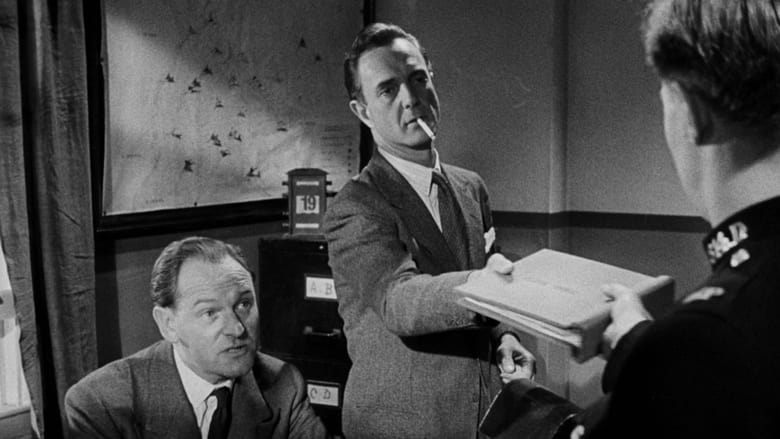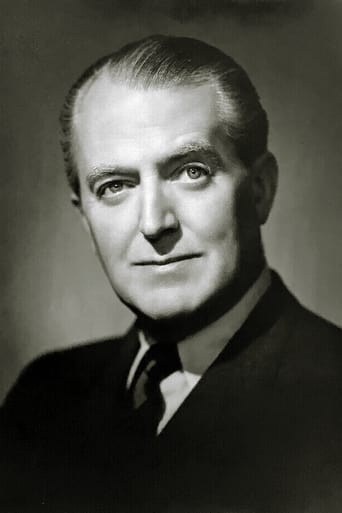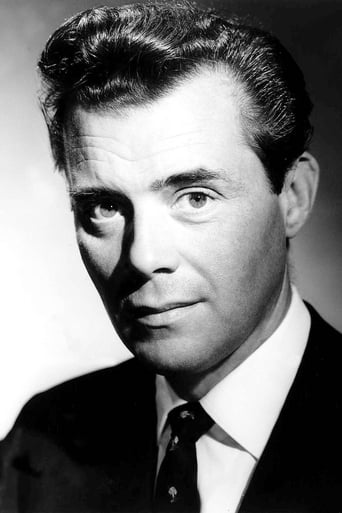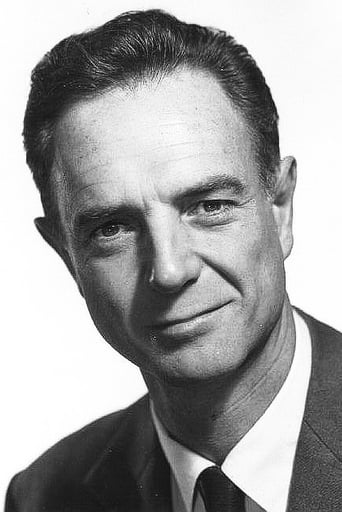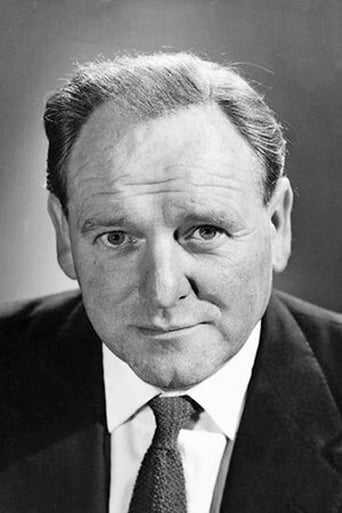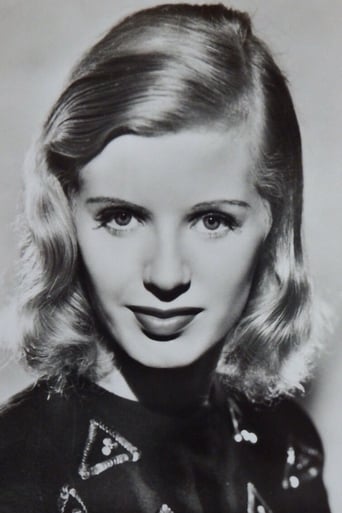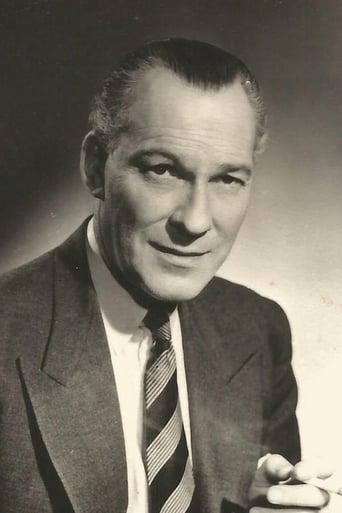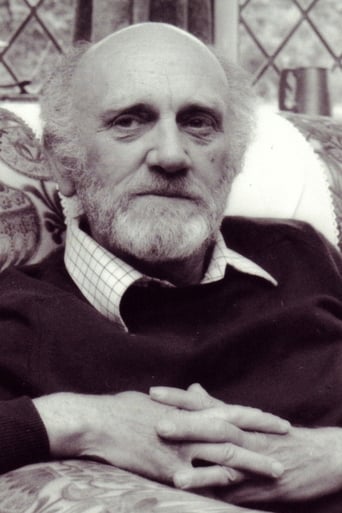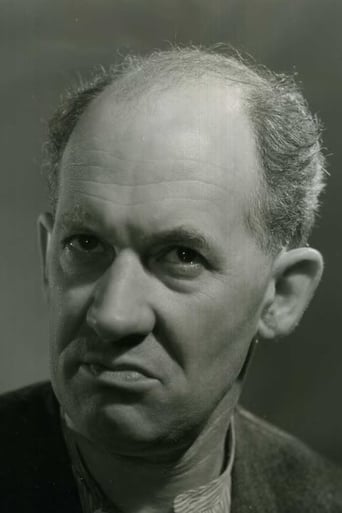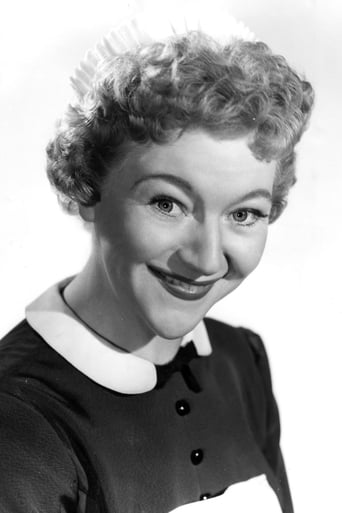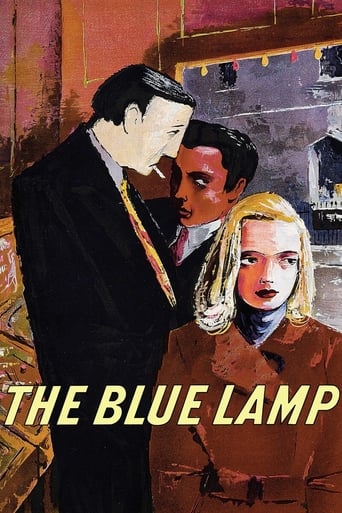
P.C. George Dixon is a long-serving traditional copper who is due to retire shortly. He takes a new recruit under his aegis and introduces him to the easy-going night beat. Dixon is a classic ordinary hero but also anachronistic, unprepared and unable to answer the violence of the 1950s.
Similar titles

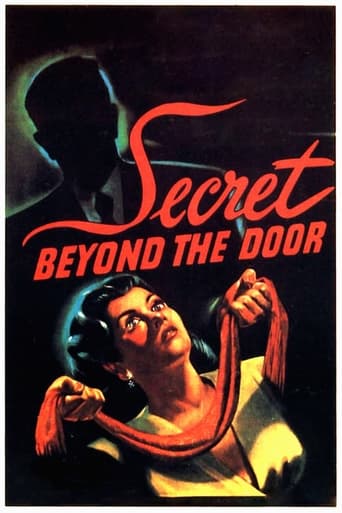
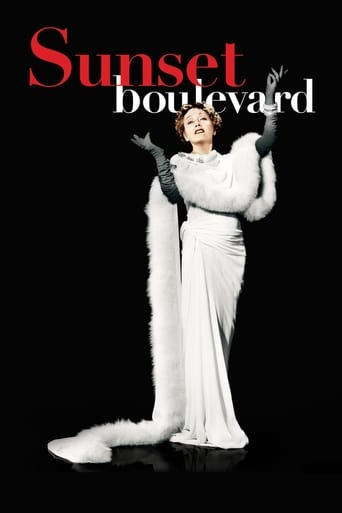

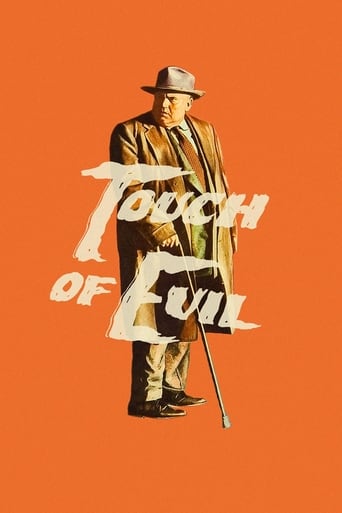
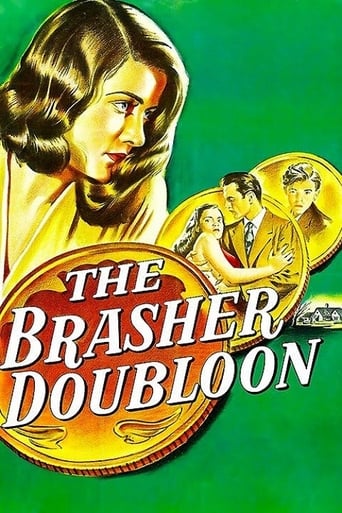
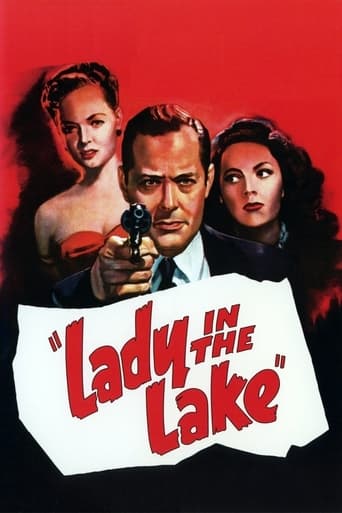
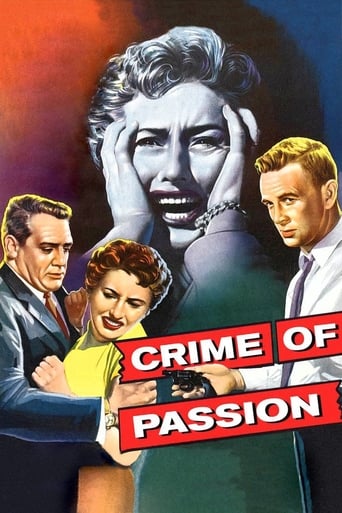
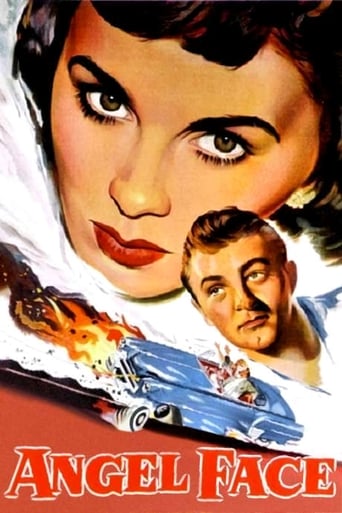
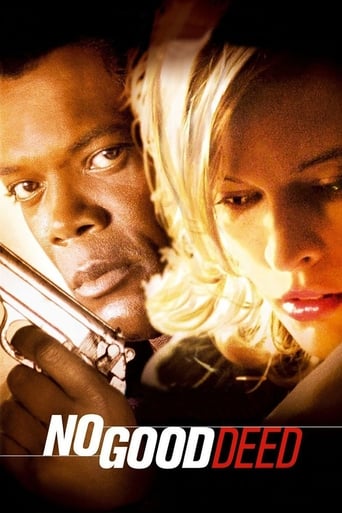
Reviews
The Worst Film Ever
Sorry, this movie sucks
Simply A Masterpiece
The performances transcend the film's tropes, grounding it in characters that feel more complete than this subgenre often produces.
During my teenage years in the seventies I was frequently being told by my elders and betters that they didn't know what the younger generation was coming to and that the young people of that era were a bunch of unruly, disrespectful, irresponsible long-haired hooligans. On the evidence of this film, however, it would appear that public concern about juvenile delinquency did not begin in 1970, or even 1960, and that my grandparents' generation regarded their own offspring, the teenagers of the forties and fifties, as a bunch of unruly, disrespectful, irresponsible hooligans. (But not long-haired. Among my father's generation long hair was seen as a sign of effeminacy rather than of hooliganism or rebelliousness)."The Blue Lamp" was made by Ealing Studios, but it is very different from the comedies which formed their best-known fare at the time. It is a police drama, made in a semi-documentary style complete with voice-over from an invisible narrator. (The title refers to the blue lamps which traditionally hung outside British police stations). It is set in and around the real-life Metropolitan Police station at Paddington Green in West London and follows the activities of a group of (fictitious) police officers, especially the experienced veteran PC George Dixon and the young rookie PC Andy Mitchell. At first their work seems routine enough; their main concern is investigating the disappearance from home of a teenaged girl named Diana Lewis. They discover that Diana is living with her boyfriend Tom Riley, a young hoodlum, but as she is seventeen and has broken no laws, they are unable to compel her to return to live with her parents.In the second half the film becomes less of a documentary and more of a social realist thriller. Tom and another young criminal rob a local cinema. Dixon, called to the scene, confronts Tom and is gunned down. The film then turns into a tense chase thriller, in which the remaining officers from the station try to hunt down Tom and his accomplice, a hunt which becomes all the more urgent when news reaches them that Dixon has died in hospital. (This development comes as a shock to the audience; the scriptwriter T. E. B. Clarke, himself an ex-policeman, was leading them to believe that the injured man was making good progress).Although Dixon dies in this film, he was to have a happy afterlife. Five years after the film was made in 1950, he was resurrected as the title character in the TV series "Dixon of Dock Green", played by the same actor, Jack Warner. (The series was not set in Paddington Green but in the fictitious London district of Dock Green, supposedly in the East End). This was to become one of the longest running and most popular programmes on British television, and ran until 1976, by which time Warner was 80 years old! (Even in 1950 he was looking a bit too old to play a police constable). "The Blue Lamp" also inspired another film, "I Believe in You", which was also directed by Basil Dearden and told a similar semi-documentary tale about the work of the Probation Service.The star of the film is not really Warner, a likable actor but a rather stolid one, but Dirk Bogarde as Tom. The film's thesis is that the main problem facing British society in the late forties and early fifties was not so much organised crime as disorganised crime, perpetrated by angry, disaffected young men whose early lives had been turned upside-down by a war fought between their elders. These men were often more volatile and unpredictable, and therefore more dangerous, than the traditional London underworld who generally avoided using guns because they knew that the justice system would show no mercy to those who killed in the furtherance of crime. (Britain still had the death penalty at this period). Bogarde's Tom Riley is a fine example of this new breed of criminal- a cocky, arrogant and amoral Jack the Lad, consumed by an intense but unfocused anger directed against the world in general, and irrationally convinced of his own superiority and infallibility.The film was highly popular when first released, and with good reason; Bogarde is excellent and the thriller elements generate considerable tension. Some at the time, however, criticised it (a criticism which has continued to be made down the years) for presenting a too idealised image of the police as white knights and a too schematic "cops good, robbers bad" viewpoint. Such a moral structure was by no means uncommon at this period- it can also be found, for example, in the American film noir "White Heat" from the late forties. I do wonder, however, if the "Blue Lamp" view of law enforcement was responsible for a real-life miscarriage of justice.In 1952 two teenagers, Derek Bentley and Christopher Craig, set out to burgle a warehouse in Croydon. They were confronted by a police officer, Sidney Miles, who was shot dead. Craig, who actually fired the fatal shot, was too young to face the death penalty, but his older accomplice Bentley was hanged even though he was mentally handicapped and even though the evidence that he had incited Craig to shoot was disputed and ambiguous. There were a number of similarities between this real-life crime and the fictional one depicted in "The Blue Lamp" two years earlier, and I have wondered whether these might have misled the jury into seeing Bentley- a misguided simpleton- as a slightly younger version of the vicious killer Tom Riley. We will never know the answer to this question for sure, but I feel the possibility cannot be ruled out. 8/10
Classic film, mystery thrillers/crime dramas, the cast in general and seeing Dirk Bogarde pre-stardom was a recipe for greatness. 'The Blue Lamp' is more than great, more like an excellent film.It is easy to see why 'The Blue Lamp' was considered a classic of the post-war Era, of British cinema and film in general at the time and by those who remember it fondly now. Just as much it was easy to see why it was the most popular British film of its year. Sadly, it is a film that is deserving of more credit nowadays. Despite being as great as it is, 'The Blue Lamp' isn't perfect (but comes close). It is undermined only by two performances that don't make the grade and stick out like a sore thumb compared to the sterling work from the rest of the cast.One is Jimmy Hanley, who is rather lightweight in his role which is a somewhat dull one to begin with. The other, and more problematic, is Peggy Evans, who is far too histrionic in hers and it becomes irritating, some of it is amateur hour too.However, nothing can be faulted with everything else. It looks great still, the use of locations are gritty and have a real sense of dread while also being beautifully designed. The lighting is suitably ominous and the cinematography is stylish and every bit as rich in atmosphere. The film is hauntingly scored too and Basil Deardon's direction is taut from the start and never lets go, letting the tension really speak and keeping things at a cracking pace.'The Blue Lamp' has a tightly structured and thoughtful script, and is interesting for its realistic portrayal of the austere times that pushed people into crime. As well as portraying the police in a way that is of the time but never over-glamourized, trivialised or made to look like fools. The story is always compelling with a clever, if not the most surprising, mystery that delivers on the suspense and tension. The confrontation between Dixon and Riley being unforgettable in its shock value, one of British film history's most shocking.Evans and Hanley aside, the rest of the cast do sterling work. As good as Jack Warner and Bernard Lee are the film is stolen by an outstanding Dirk Bogarde, it's hard to believe that Riley was a pre-stardom role that put him on the map and to this day it's one of his best, he's never been more chilling than here.Overall, a post-war British classic, notable for its atmosphere, realism and Bogarde's performance. 9/10 Bethany Cox
Now here's an unpretentious film with no glamour or glitz but keeps you hooked. Move over Hollywood, and give the "Bulldog" his due. The film moves at a pace that would seem a little slow focussing on trivial duties and lifestyles of the London bobby but don't go away the action and human drama starts halfway through and my word does it start moving! Dirk Bogarde is excellent and his portrayal of a petty hoodlum with a psychopathic streak which masks his fear is unforgettable. The bombed out East End of London and the Cockney accent takes one to post-War England. The coppers of yesteryear England did not wear guns and so do most present coppers in the sub-continent today but the director narrates by his tale that this is no walkover for criminals. Watch it.
I can't remember which part of the film has someone saying what "The Blue Lamp" means, but I stuck with this quite good film, and I was thinking of switching off. Basically Jack Warner as PC George Dixon and Jimmy Hanley as PC Andy Mitchell are on the lookout for two criminals who have murdered an officer, and stolen a couple of things. That is pretty much all I can think of to say about the film, because that is all I remember. I think one main reason I wanted to see this film was because of James Bond's Bernard Lee as Insp. Cherry, he wasn't on often though. Also starring Dirk Bogarde as Tom Riley, Robert Flemyng as Sgt. Roberts, Peggy Evans as Diana Lewis, Patric Doonan as Spud, Bruce Seton as PC Campbell and Meredith Edwards as PC Hughes. Considered to many as a classic, for me, only worth seeing once. It won the BAFTA for Best British Film. Okay!
Top Streaming Movies











